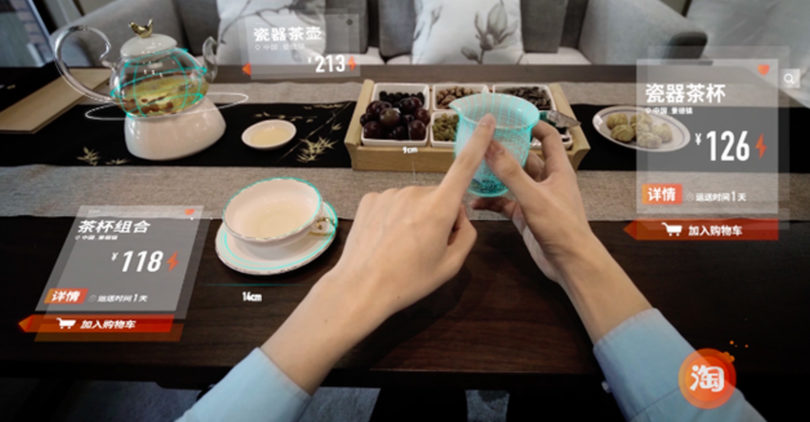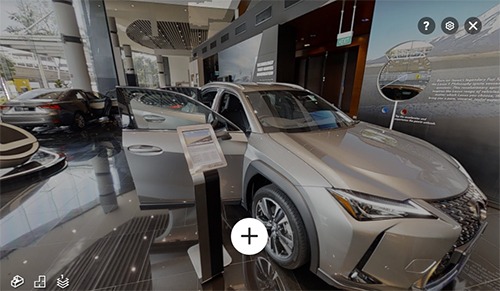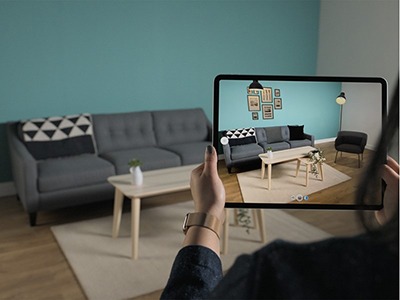People want something fun and unique and this has never been truer than during a pandemic. As online shopping keeps improving and more people flock to e-commerce sites, retailers need to find a way to keep innovating the online experience. Augmented reality (AR) and Virtual Reality (VR) are leading the way.
These technologies are set to completely transform the shopping experience and change the market the same way the internet did. The market for AR and VR in retail will reach 1.6 billion by 2025 according to Goldman Sachs. 63% of shoppers say these technologies would change the way they shop, and two-thirds of internet users would be interested in virtual reality.
How Online Shopping Benefits
Many traditional retailers did not move quickly enough into e-commerce and what if the next wave is V-commerce where consumers can have an immerse shopping experience at home. Let’s talk about how online shopping can benefit.
An astounding 78% of shoppers abandon their carts before completing a purchase. Something needs to change to improve these conversion rates and VR and AR may just be the answer. VR allows shoppers to experience products, not just see them. It takes the shopping experience outside the store allowing people to try products virtually. Retailers can overcome physical limitations and offer access to every product feature attracting more people into the sales funnel for higher conversions.

Alibaba has already adopted this technology allowing customers to explore a virtual store and pick up and examine items in 3D before they buy. 3D technology now allows people to see themselves in clothing and accessories pre-purchase. Consumers fully engage and invest in a business with the added element of personalization being able to visualize products online. V-commerce also makes the shopping experience more intuitive, friendly, and satisfying.
How In-Store Benefits
With more people doing shopping online it’s important to give customers a reason to come into the store and overcome seeing shopping as a chore. VR lets your customers engage with your brand in a whole new way.

This is especially true for large products like cars. Lexus is one of the many car manufacturers using VR to let potential buyers test drive the car without even leaving the showroom. This creates excitement around the product and may even attract customers that normally would not have been interested.
The travel industry is another area that can really benefit because they are selling experiences. VR gives customers an idea of what their holiday will be like before they spend their money. VR technologies can be applied to everything from virtual hotel tours to virtual booking interfaces and travel experiences.

Home design has embraced VR as well. By uploading personal photos, IKEA’s virtual reality app allows shoppers to picture what the furniture would look like in their own room before they buy it. With a 98% precision rate, it allows buyers to get a feel for the pattern, texture and even the lighting in a room.
Retailers can create virtual versions of their brick-and-mortar stores either as an exact replica of their physical store or as a fabricated environment over which they have complete control. These environments can be continuously modified to meet changing consumer tastes and product preferences. VR allows consumers to view products in context but also benefits the retailer by being able to offer something personal which is the ultimate need of the modern consumer. VR can also be used to propose what is coming in the future in order to build excitement for clients, business partners, and even employees.
Summary
AR and VR completely transform the shopping experience, enabling customers to explore virtual showrooms, touch, feel and experience products, and provide a compelling reason to visit your online store. The companies that continue to embrace technology and adapt are the ones that will survive in the future. Whether it’s in-home or in-store, VR will continue to contribute to the shopping experience in a way that’s fresh and exciting. It has the potential to create unique brand experiences that drive repeat visits, conversions, and higher revenues.


